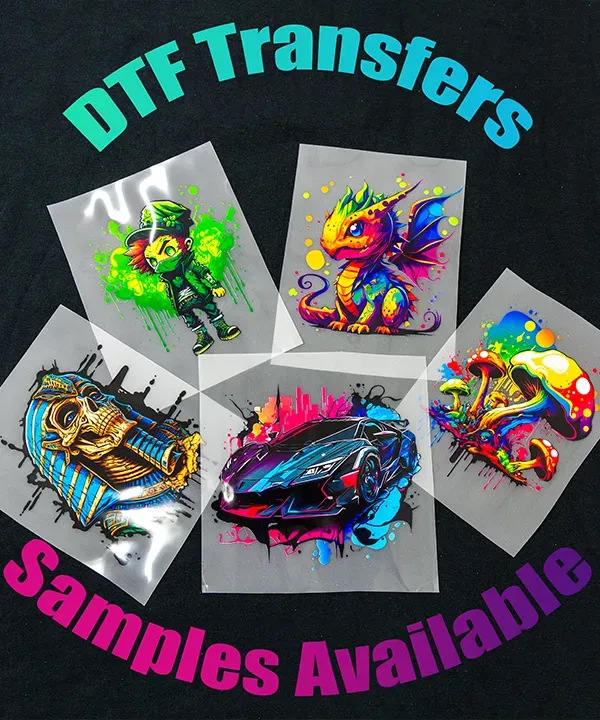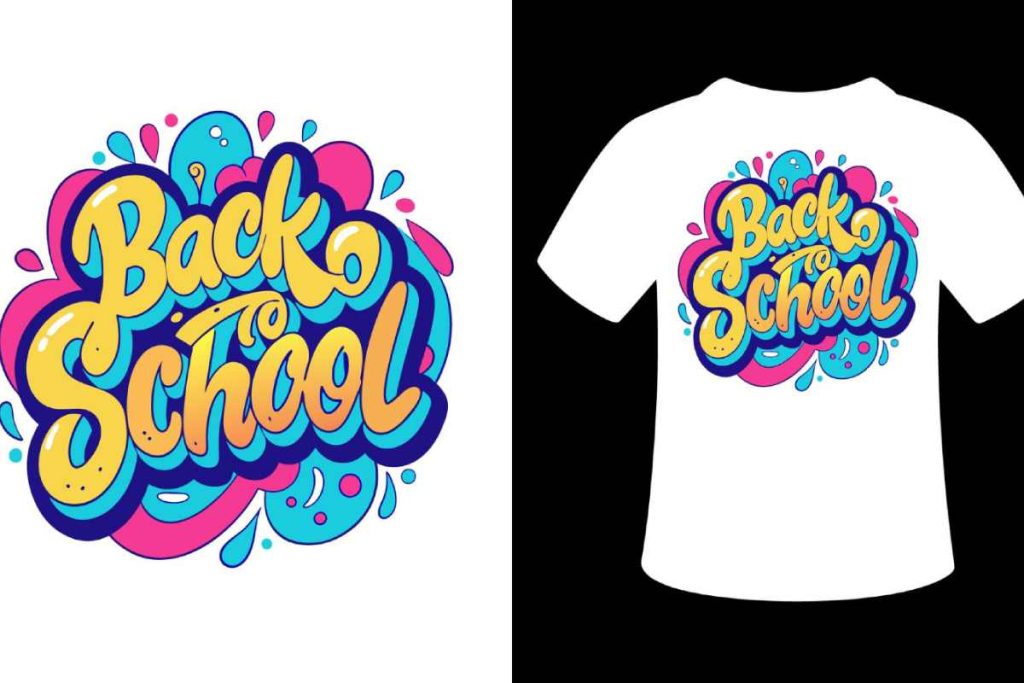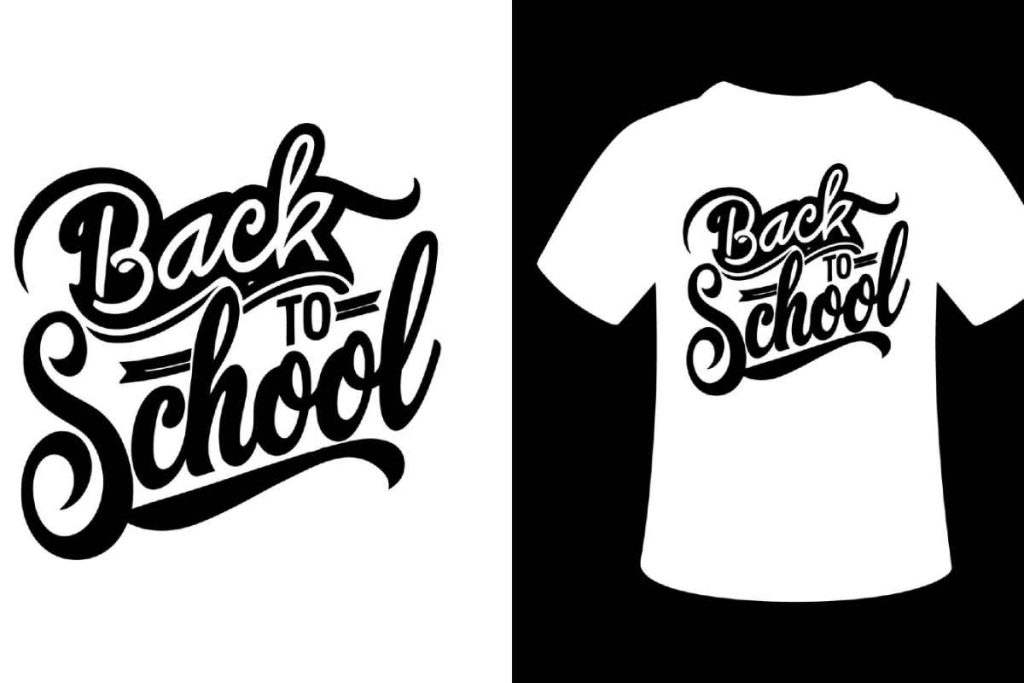DTF transfers, or Direct-to-Film transfers, are transforming the landscape of custom apparel printing by offering a user-friendly and versatile solution for both hobbyists and professionals. This innovative DTF printing process allows for vibrant color reproduction and the ability to print on a wide array of fabrics, making it an excellent choice for anyone looking to bring unique designs to life. The surge in popularity can be attributed to the numerous benefits of DTF transfers, such as their durability and cost-effectiveness compared to traditional printing methods. In this comprehensive guide, we’ll explore everything you need to know about DTF transfers, from the essential equipment required to how to successfully execute the printing process. Get ready to unlock your creativity and discover how DTF transfers can elevate your custom garment projects.
Direct-to-Film printing, often referred to as DTF printing, represents a notable advancement in the realm of garment decoration. This method utilizes a specialized film on which custom designs are printed and subsequently transferred onto various fabric surfaces using heat and pressure. With its growing popularity, many enthusiasts and small business owners are keen to understand the nuances of how to do DTF transfers effectively. The technique distinguishes itself by providing sharp, full-color images that adhere well to a multitude of textiles, making it a versatile option in custom printing. Additionally, the technology surrounding DTF printing equipment is continuously evolving, promising even greater quality and efficiency in producing high-quality printed apparel.
Understanding the DTF Printing Process
The Direct-to-Film (DTF) printing process stands out as an innovative method that allows users to print designs directly onto a specialized film before transferring the image onto fabric. This process begins with generating a digital design, ideally in a high-resolution format, suitable for DTF printing. Once the design is prepared, it’s printed onto a specific film that’s engineered to hold the inks used in DTF. This initial step is crucial, as it sets the foundation for creating vibrant and durable prints on apparel.
Following the printing stage, the film is coated with a unique adhesive powder that bonds securely during the heat transfer process. This step is pivotal, ensuring that once the design is pressed onto the fabric, it adheres correctly and withstands regular wear and tear. With varying fabrics available, from cotton to blends, the versatility of DTF printing makes it an appealing choice for many businesses and crafting enthusiasts.
The Benefits of Using DTF Transfers
DTF transfers offer a plethora of advantages, particularly in its application for custom apparel. One of the most significant benefits is the versatility to print on a wide range of fabric types. Whether it’s cotton, zippers, or polyester, DTF transfers can accommodate diverse materials, enabling creators to cater to varied customer demands. This adaptability surpasses traditional printing methods, making it a preferred choice for many.
Additionally, the durability of prints made using DTF technology is noteworthy. The transfers are engineered to resist fading and cracking, even after numerous washes, which means that customers receive a high-quality product that lasts. This aspect enhances the overall customer satisfaction, securing repeat business for custom printing ventures.
Essential Equipment for DTF Transfers
To initiate a successful DTF printing venture, investing in the right equipment is paramount. A dedicated DTF printer, such as those produced by reputable brands like Epson or Roland, is essential for producing quality prints. These machines are specifically designed to work with DTF inks which are vital for ensuring vivid colors and enhanced detail in the final product.
Moreover, having the right heat press machine is crucial for completing the DTF transfer process. The heat press not only applies the necessary temperature and pressure but also significantly influences how well the design adheres to the fabric. Additionally, high-quality DTF transfer films and adhesive powders will greatly affect the overall results, ensuring longevity and satisfaction with the end product.
Innovations in DTF Printing Technology
The DTF printing landscape is evolving rapidly, marked by innovative advancements that significantly improve the process. Innovations have led to the development of printers capable of producing higher resolution images, which enhances the clarity and vibrancy of the designs printed on textiles. This technology leap means that users can achieve more detailed and intricate designs that can satisfy even the most discerning customers.
In addition to improved resolution, current trends also highlight faster printing technologies that enhance productivity. By reducing the time it takes to print each design, businesses can fulfill orders more quickly, leading to improved customer service and efficiency. These advancements make DTF printing not only more appealing but also a more practical option for those within the custom garment printing market.
A Beginner’s Guide to DTF Transfers
If you’re new to DTF transfers, starting with the right information and resources is crucial. Numerous DIY guides and instructional videos are readily available online that break down the DTF process into manageable steps. Websites like Printful and InkSoft are particularly helpful, offering detailed guidelines for beginners, covering everything from design preparation to the final transfer process.
Complementing these written guides, visual learners can take advantage of many YouTube tutorials that navigate through the DTF printing journey. These resources provide tips and tricks that can significantly streamline the learning process and help newcomers build confidence as they start their own DTF projects.
Exploring Market Trends in DTF Transfers
As the market for DTF printing continues to expand, staying abreast of the latest trends is essential for anyone looking to invest in this technology. One notable trend is the increasing demand for personalized and unique apparel, which DTF transfers cater to perfectly. The ability to create custom designs on various fabric types is reshaping consumer expectations and spurring growth in the DTF printing sector.
Another trend gaining traction is the focus on sustainability and eco-friendly practices. As businesses strive to reduce their environmental impact, utilizing DTF printing methods that minimize waste and are versatile enough for smaller runs can position brands favorably in the eyes of eco-conscious consumers. Adapting to these market trends will ultimately enable businesses to thrive in a competitive landscape.
Frequently Asked Questions
What are DTF transfers and how do they work?
DTF transfers, or Direct-to-Film transfers, involve printing designs directly onto a special film, which is then transferred onto fabric using a heat press. This DTF printing process allows for high-resolution, vibrant prints that can adhere to various textiles, making it a versatile option for custom apparel.
What equipment do I need for DTF transfers?
To get started with DTF transfers, you will need a dedicated DTF printer compatible with DTF inks, a heat press machine, DTF transfer film, and powder adhesive. Major brands like Epson and Roland offer specialized printers designed for the DTF printing process.
What are the benefits of using DTF transfers for printing?
The benefits of DTF transfers include versatility across a range of fabric types, no minimum order requirements, and durability. DTF prints resist fading and cracking, making them ideal for everyday wear, while also being a cost-effective solution for small runs and custom designs.
How do I create DTF transfers step-by-step?
To do DTF transfers, start by preparing your design in compatible software, print it onto DTF film with adhesive ink, apply powder adhesive, cure the film, then use a heat press to transfer the design onto your fabric. Carefully peel off the film after pressing for a durable print.
Are DTF transfers suitable for all types of fabrics?
Yes, DTF transfers are suitable for a broad range of fabrics, including cotton, polyester, and various blends. This adaptability allows businesses to cater to diverse customer preferences and needs in custom apparel printing.
What current trends are shaping the DTF printing process?
Current trends in DTF printing include advancements in print quality with higher resolution printers, faster printing speeds for enhanced productivity, and improved adhesion methods for better transfer quality, reflecting the growing popularity and continuous innovation in DTF transfers.
| Key Point | Description |
|---|---|
| Introduction | DTF transfers are a modern method in custom apparel printing, offering vibrant colors and versatility. |
| Overview | DTF printing involves transferring designs from a special film to fabrics using heat, allowing for full-color prints on various textiles. |
| Key Steps | 1. Design Preparation: Create designs in compatible formats. 2. Printer and Ink: Use specialized DTF printers. 3. Film Selection: Use appropriate transfer film. 4. Powder Adhesive: Apply adhesive powder on wet ink. 5. Curing: Heat cure to bond ink and adhesive. 6. Transfer Process: Heat press to transfer to garment. 7. Peeling: Remove film to reveal print. |
| Benefits | Advantages of DTF include versatility for various fabrics, no minimum order, durability, cost-effectiveness, and high-quality prints. |
| Current Trends | Trends include enhanced print quality, faster printing speeds, and improved powder adhesion methods, contributing to DTF’s popularity. |
| Resources | Helpful resources include DIY guides from Printful and InkSoft, as well as YouTube tutorials for visual guidance on DTF printing. |
Summary
DTF transfers stand out as an innovative solution in garment decoration, providing users with vibrant, durable prints while maintaining cost effectiveness. This method adapts well to various fabric types and has turned into a preferred choice for both small businesses and independent creators looking to elevate their custom apparel offerings. As the technology behind DTF transfers advances, it not only simplifies the printing process but also enhances the quality of the output, making it a viable option for anyone interested in custom printing. By leveraging the insights and resources from this guide, you can confidently embark on your journey into the world of DTF transfers and transform your creative ideas into reality.



